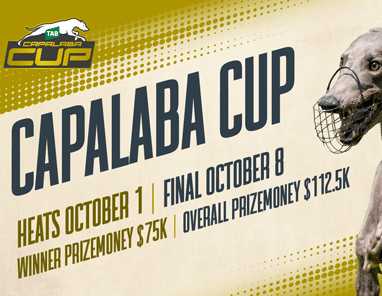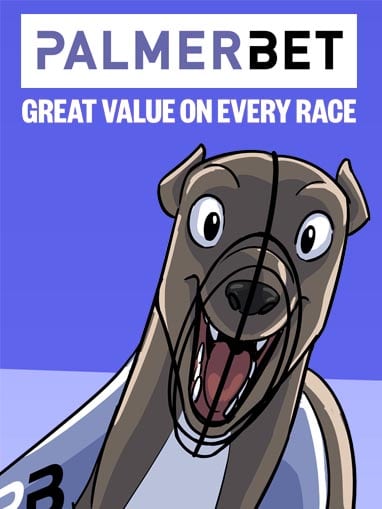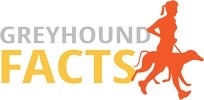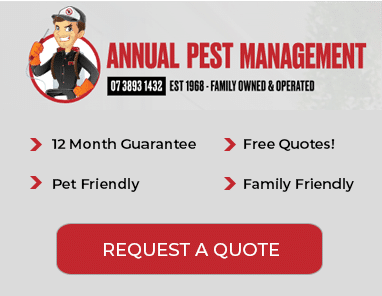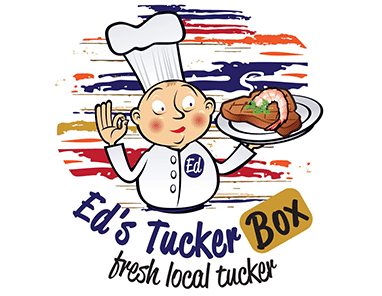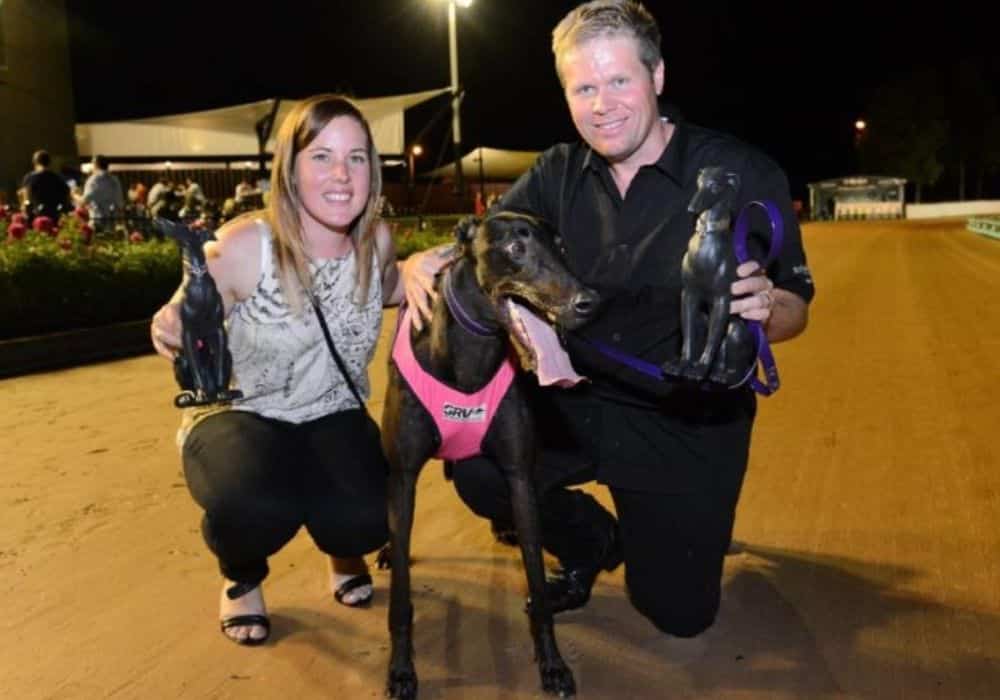
Caption: Brooke and Jamie Ennis have had plenty of champion chasers in their kennels, including My Bro Fabio.
By JAMIE ENNIS
IF and when I get a call from anyone wanting to become involved in greyhound racing, the first question I ask in return is: “What sort of lifestyle do you live?”
This will have the greatest bearing on anyone wanting to get into greyhound racing, either as a hands-on trainer, or as an owner.
I always tell anyone asking me that if you see greyhound training as a nine to five job, then forget about training. Dogs, and animals in general, are not nine to five.
I was initially involved in thoroughbred racing, doing a stint in the US with (Hall of Famer) Bob Baffert, and then for a few years in Singapore. My switch to greyhound racing was a natural and the seven days a week nature of training I have never classed as a job. It is my life and I love it.
While the training routine of horses in the US did not teach me a great deal about training greyhounds, what it did do was I learned a great deal about vet work, treating injuries and helping dogs recover quickly from racing. It is ever so important.
In Singapore, such a hot and humid country, it was all about recovering those animals, but also about mind stimulation, or getting those horses to perform week to week to week when faced with a daily routine always the same. This was particularly apt for older horses.
My time in greyhound racing also incorporated working with Tom and George Dailly and their very big kennel.
Greyhounds hate change. If they do the same thing every single day, then that is the right way to treat them. My training methods involve competition runs. They are 120m long by 9m wide with a gap of nine metres between each of those runs. The surface is a combination of sand and sawdust which is watered every single day.
I find while the dogs are working hard competing with each other, they love this competition and because they are happy, it does not stress them. They are enjoying their work and that in itself is only a good thing.
My race dogs are worked in these runs right up to the day before they race. They miss the morning after a race, but then go into the runs every other day. It is paramount to keep that routine both in training and feeding.
Feeding in my kennels is a premium kibble and human grade beef to which is added a potassium salt and three-quarters of a litre of water. This is fed at 10am, an hour or so after they have finished their morning competition run.
Each afternoon each dog is given a yoghurt topped muesli bar. Yes, there are some strange looks at me when I turn up at the supermarket and starting buying box after box of these muesli bars. Each race dog gets a muesli bar about 4.30pm.
Newcomers to greyhound racing can often get carried away. My suggestion is to work within your budget, and don’t have too many dogs to start with. There are so many expenses that can crop up along the way, these can often stretch your budget to the extreme, things like travel, vet bills etc.
And, often newcomers believe, to have more dogs in the kennel gives them a better chance at success. This is not true and certainly not a good way to start a greyhound racing career. So often I have seen people who go down this track gone from the industry within six months.
Buying a ready-made race dog is becoming harder and harder. The prizemoney in Queensland and NSW is getting better and better. The flow of dogs from those states to Victoria is not the same now. Because of these prizemoney increases, it is very hard to buy race dogs.
So, this leaves the newcomer looking to buy pups. My advice here is to contact the leading breeders in the country and pick their brains about pups for sale, or if they can guide you into some well-bred pups. Most people in this industry are very approachable.
My kennel can cater for up to 20 dogs and we are generally pretty full in regards to the numbers we want. But, I’m also willing to recommend trainers, if that is what the newcomer wants.
Just like every other sport, business, you name it, newcomers to greyhound racing can get things wrong. The most obvious to me is bad placement of young dogs … putting them in races they are not ready for.
How often do you see a young dog after only a handful of races being put into Group races. A case of the trainer reaching for the sky. Of course there are always exceptions to every rule, but this can often ruin a young dog, especially dent its confidence. It is a bit like Usain Bolt as a 12-year-old taking on the local 16-year-olds. He is going to win of course. But remember, there is only one Usain Bolt.
My philosophy on greyhound racing is that I have a great love for the animal and I will always put the animal first. Yes, I know of some trainers who are only in it for the money and their dogs have just got to race.
I can admit, every time I have put a dog into a race when it was not quite right, the dog has never won.
Over the years, we have had some really good dogs like My Bro Fabio, Lady Toy, Zinzan Brooke, Matt Machine, Mogambo, Vee Man Vane, Barooga Brett of course, Esparza, Cape Hawke and Ella Enchanted. We’ve met some great people and have been among the lucky ones in this industry.
I believe you have to be an animal person to succeed. A greyhound is not much different to a house pet. They don’t know they are going racing to win prizemoney. They do it because they love chasing. They are going racing because they are there to have fun.
When I was in the US working with Bob Baffert, I noticed that the most improvement I had seen in the form of racehorses came about when interval training was used on them. I believe this is what we do when using competition runs to train our dogs. The horses in the US would be given a breeze over 600 metres, then walked for 30 minutes to get their breath, then worked again over 600 metres.
This is precisely what our dogs do in the competition runs. They gallop, have a stop to catch their breath, then take off again, stop for an empty, then take off again. I believe the competition run method of training, galloping every single day, uses a dog’s muscles to keep them sound. They get so used to it, they also stay sound because of it.
I also use this time to walk up and down in the gap between the competition runs and keep a close watch on each dog. By doing this, I get the opportunity to see how each dog is working, how much work they have done, and be able to pick up if anything is wrong.
Greyhounds are a creature of habit. They work the same every single day. If something is wrong with them, it will become obvious very quickly.
But, one thing newcomers must remember, some people will always be better at training than others.



